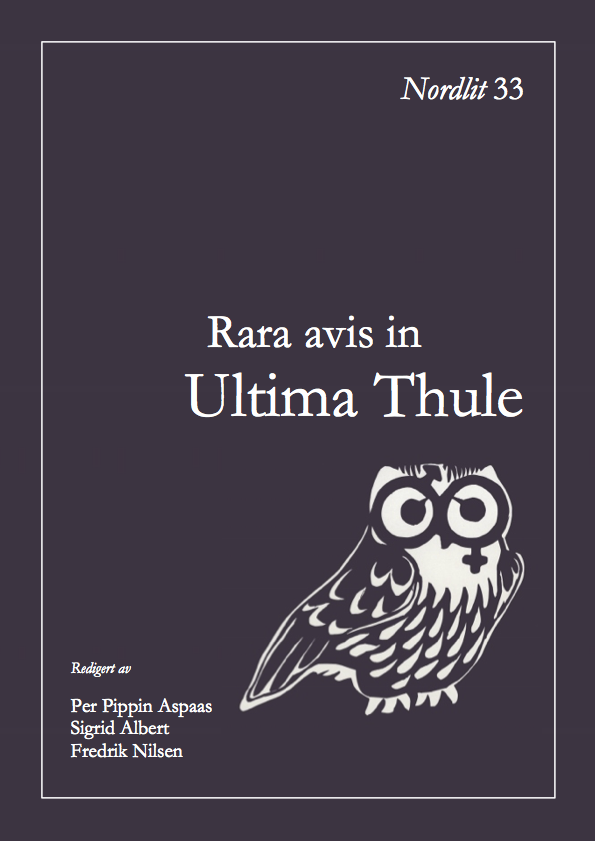Kvinnens overflødighet hos Platon
DOI:
https://doi.org/10.7557/13.3182Emneord (Nøkkelord):
Platon, Apollodoros, Hesiod, Euripides, autokhthoni, Pandora, kvinnens overflødighet, Platons kvinnesyn, likestillingsforslaget i Staten, tilblivelsesmyten i TimaiosSammendrag
The Superfluity of Women in Plato. In her article «Plato’s problematic women» Kristin Sampson argues that Plato has two different views on women in the Republic and the Timaeus respectively. In the Republic Plato operates with some sort of equality of status between the two genders, at least in the leaders’ and the soldiers’ classes, whereas in the mythology of the Timaeus women are depicted as reincarnations of men who earlier had lived an unmoral and bad life. According to my interpretation, these two views must be seen as two aspects of one common Greek thought or, as Vigdis Songe-Møller puts it, one common Greek dream, «the dream of the women’s superfluity». In the Republic Plato tries to rule out differences between genders by making the women as similar to men as possible, while in the Timaeus he describes them as something completely different from the norm, the man, and actually as a punishment to men with bad moral behaviour, something that society ideally should do without.Nedlastinger
Publisert
2014-11-16
Hvordan referere
Nilsen, Fredrik. 2014. «Kvinnens overflødighet hos Platon». Nordlit, nr. 33 (november):99-115. https://doi.org/10.7557/13.3182.
Utgave
Seksjon
Artikler









